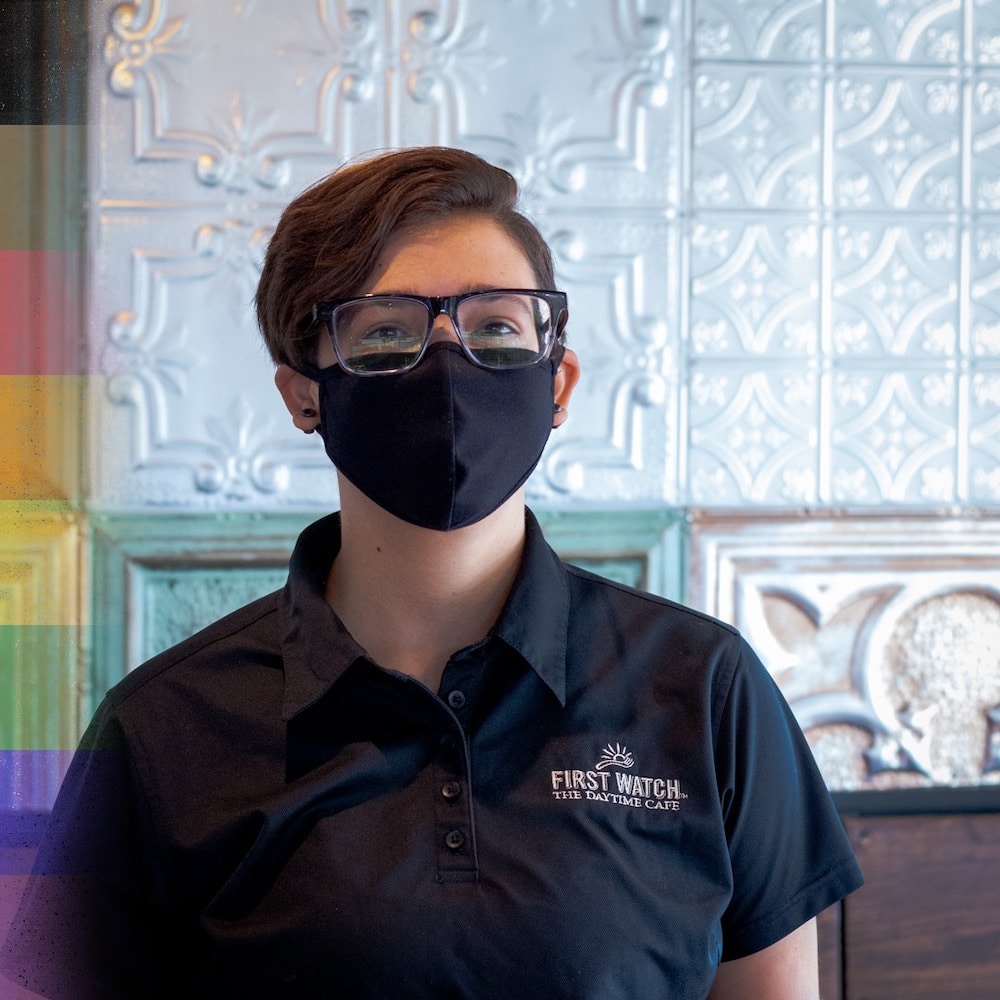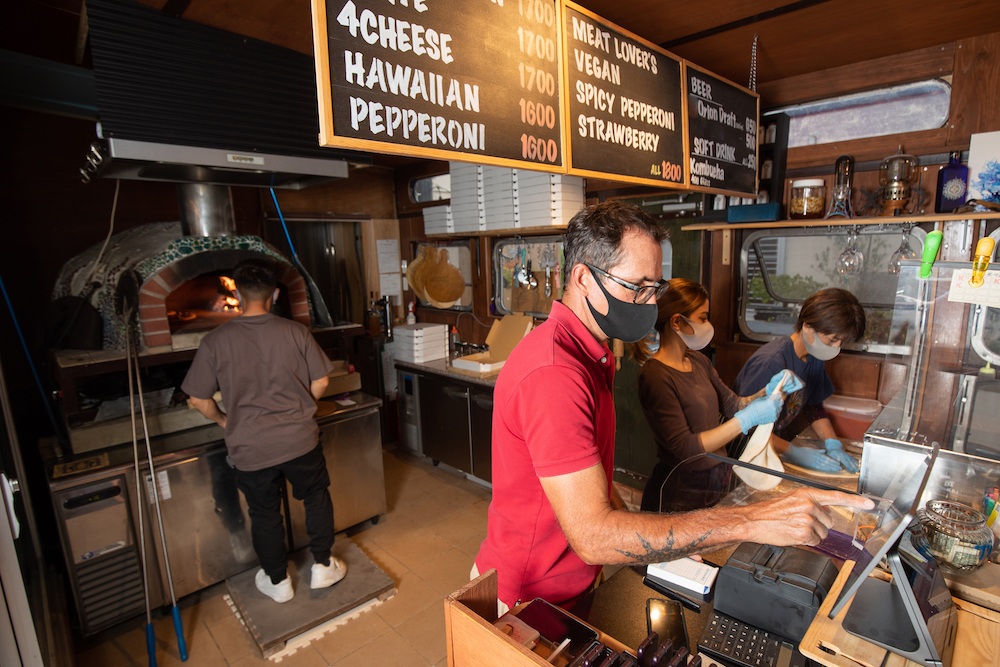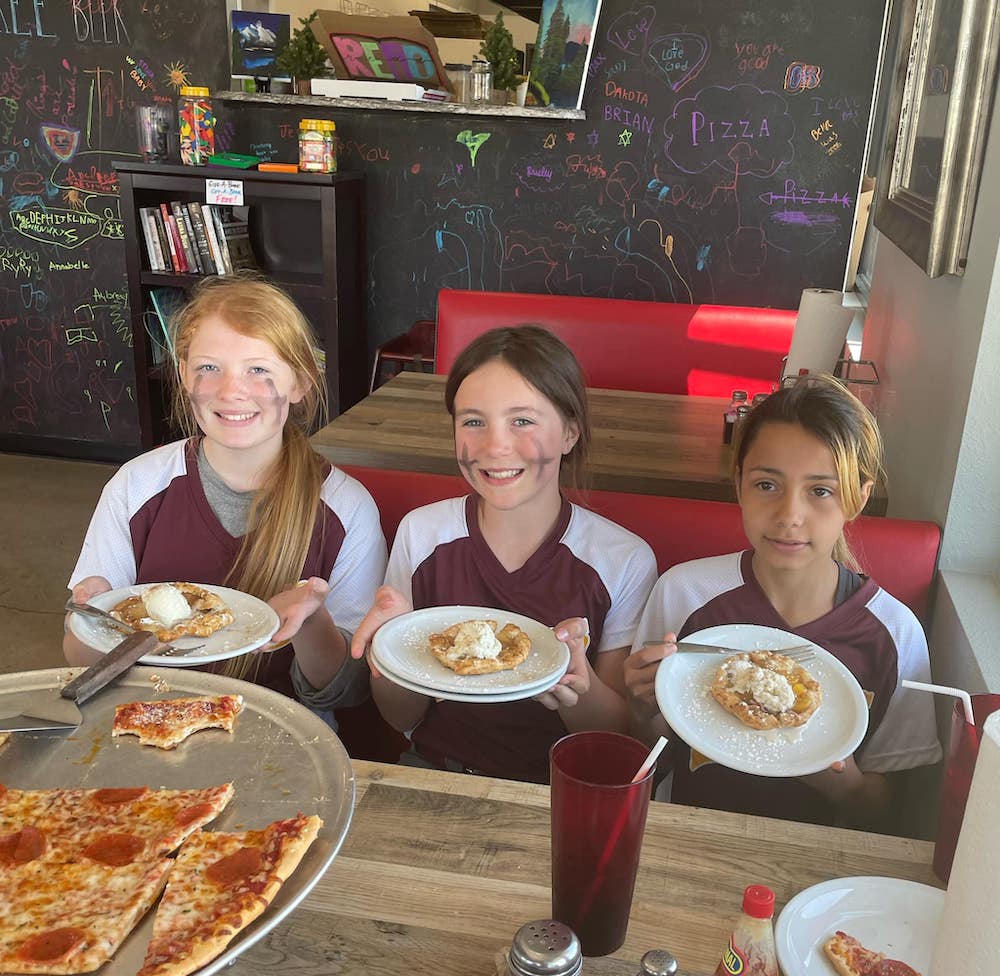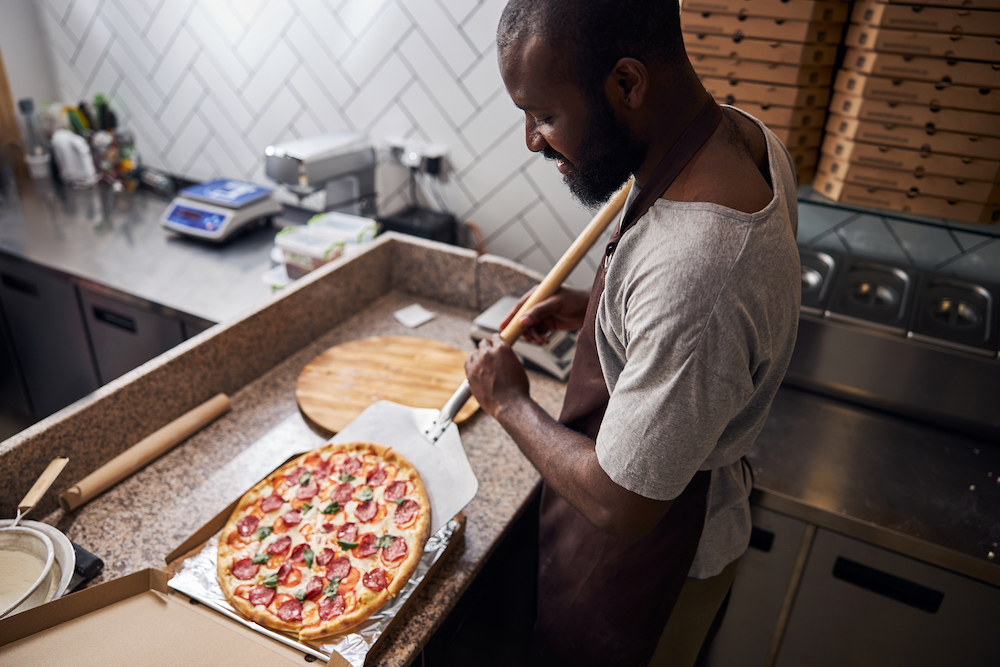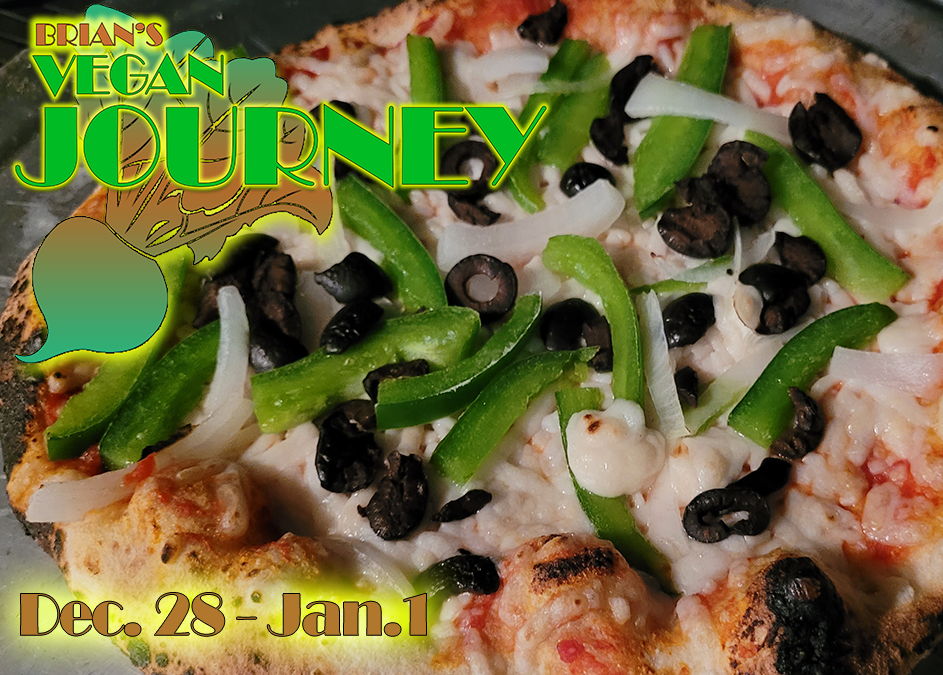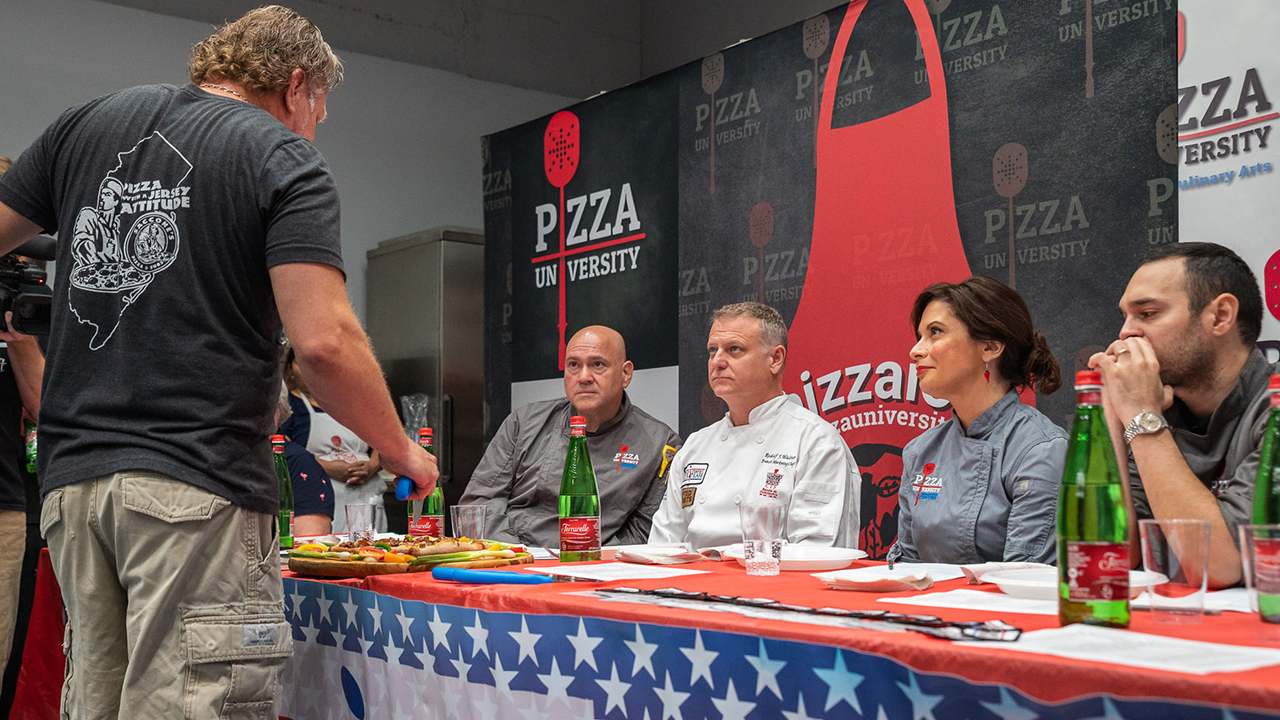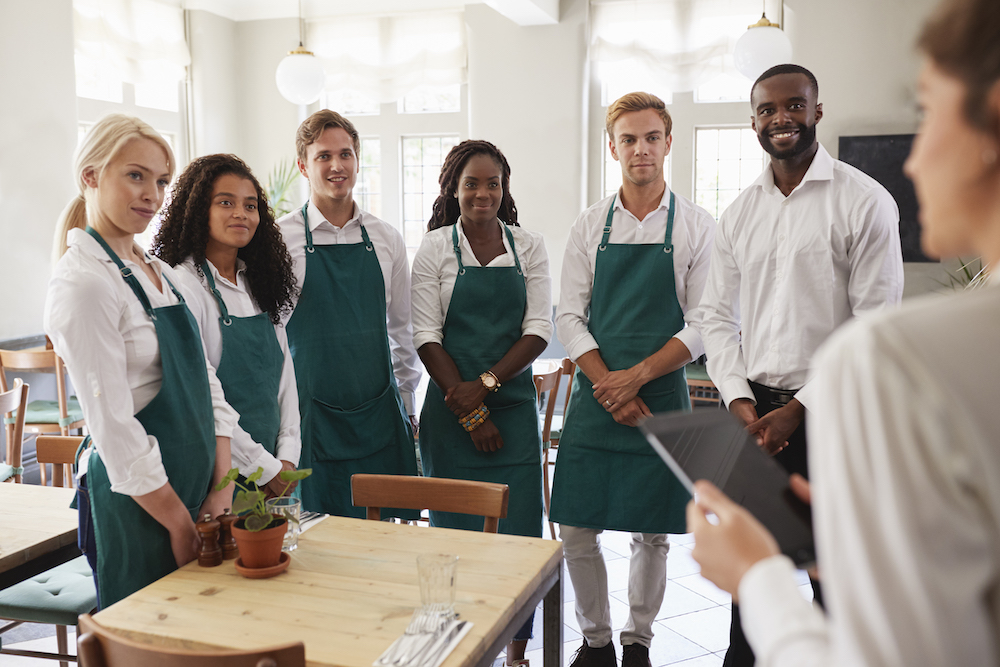By Doug Reifschneider and Rich DePencier
Even in this challenging time for the industry, restaurants are finding innovative ways to better serve the needs of their customers. They are evolving at breakneck speed to keep up with constantly changing rules and regulations but still managing to innovate as they go. Here are the tips from three industry leaders for improving customer experience, capitalizing on new opportunities, and incorporating innovative technology:
1. Focus on Customer Experience and Personalization. There are positive ways restaurateurs are managing the processes tied to the current situation and creating better guest experiences. They enhance the customer experience by ensuring that guests are comfortable or even pleasantly surprised across their interactions with the establishment and with the curbside/delivery process.
Denny Post, former CEO of Red Robin, says quick-service restaurants with existing drive-throughs and pizza operators who already had their own delivery systems have done well in the pandemic. They adjusted to contactless delivery and other processes to assure guests that their takeout food and pizza was as risk-free as possible. They are thriving. Those who struggle the most are the polished casual and fine-dining restaurants that thrived on the in-person guest experience they delivered.
Related: Fact vs. fiction and strategies for pizzeria success in the pandemic
Post said she recently had a fabulous experience with the Darden brand restaurant, Seasons 52. They made it simple to call ahead and have the order delivered to the car. They created a connection with her in their first conversation over the phone. When she got the bags home, there was a personal note inside, and they had included a bottle of wine. She thought that was terrific. She hadn’t ordered the wine, but they took it upon themselves to provide that special extra touch.
2. Identify New Opportunities. The restaurant industry is accustomed to change around food, types of cuisine, offerings, and value propositions. But today more than ever, success lives and dies on customer trust. Adapting to these new expectations is critical to surviving and thriving, now and in the future.
Chris Tomasso, CEO and President of First Watch, says everyone at his company is now focused on off-premises ordering. When dining rooms closed early on during COVID, First Watch’s locations moved to an off-premises, to-go, takeout-only model. Prior to this, they had an exceptionally low percentage of take-out and to-go orders—First Watch is a dine-in, gathering brunch place. They saw their off-premises orders grow by 300 percent, and that allowed them to build a muscle they didn’t have before. Now they expect that part of the business to represent 20 percent of their overall revenue. They fortified the new systems, put training materials together, and rearranged their dining rooms to accommodate the innovative approach.
First Watch normally has community tables in all of their restaurants, but that’s no longer viable as people don’t want to sit next to strangers anymore. They’ve now repurposed those community tables to third-party delivery pickup tables.

Denny Post, former CEO of Red Robin, raved about a curbside delivery experience she recently had at a Seasons 52 restaurant. (Seasons 52 / Facebook)
3. Implement Innovative Technology. Enabling transactions like pay-at-the-table with NFC chips and mobile ordering can serve to create better user experiences. Much of the technology used today in hospitality is not new or ground-breaking. But it’s become easier to use, it’s creating better user experiences, and it’s more affordable. This is the time to look at technology as a true enabler for all aspects of the restaurant business.
Rom Krupp, CEO of OneDine, a hospitality technology company, says companies that had online ordering systems in place beforehand have fared better because their customers were already familiar with it. They already had a channel and fulfillment. Some establishments were slow to adapt and have had to catch up ever since.
For instance, Krupp says, it’s possible to streamline some labor-intensive tasks and generate efficiencies with the right technology. Technology can also have a positive impact on unit economics. Sometimes businesses are overemployed, which doesn’t work with a unit economics business model. If they can’t pass the price back to customers, they risk running a margin that’s extremely dangerous. And if they try to pass it all on to customers, there’s a point where patrons are priced out of the restaurant.
Technology can help businesses maintain their margins by building unit economics that are feasible and labor models that are slightly lower. These tools and models help restaurants better manage through a crisis.
Bottom Line
To survive in the industry today, restaurants must find innovative ways to better serve the needs of their customers. Serving your customers means evolving at breakneck speeds to keep up with constantly changing rules and regulations. It also means pleasantly surprising guests with innovative technology that creates frictionless transactions. And you must adapt to new customer expectations and find ways to develop customer trust by making them comfortable in your restaurant.
Doug Reifschneider and Rich DePencier are CMOs with Chief Outsiders, the nation’s leading fractional CMO firm focused on mid-size company growth. They work with leaders in Retail, Food & Beverage, and Consumer Goods businesses to solve inextricable growth challenges. Learn more at www.chiefoutsiders.com



